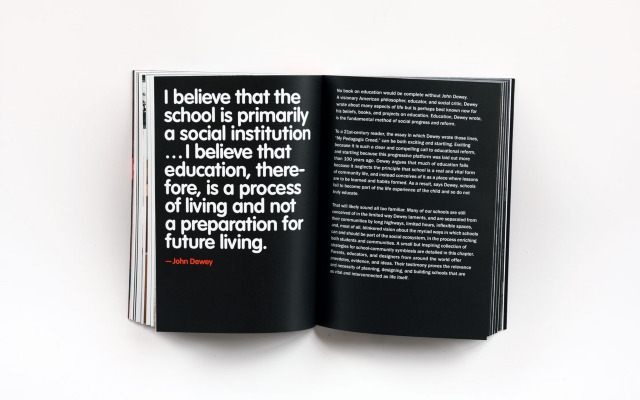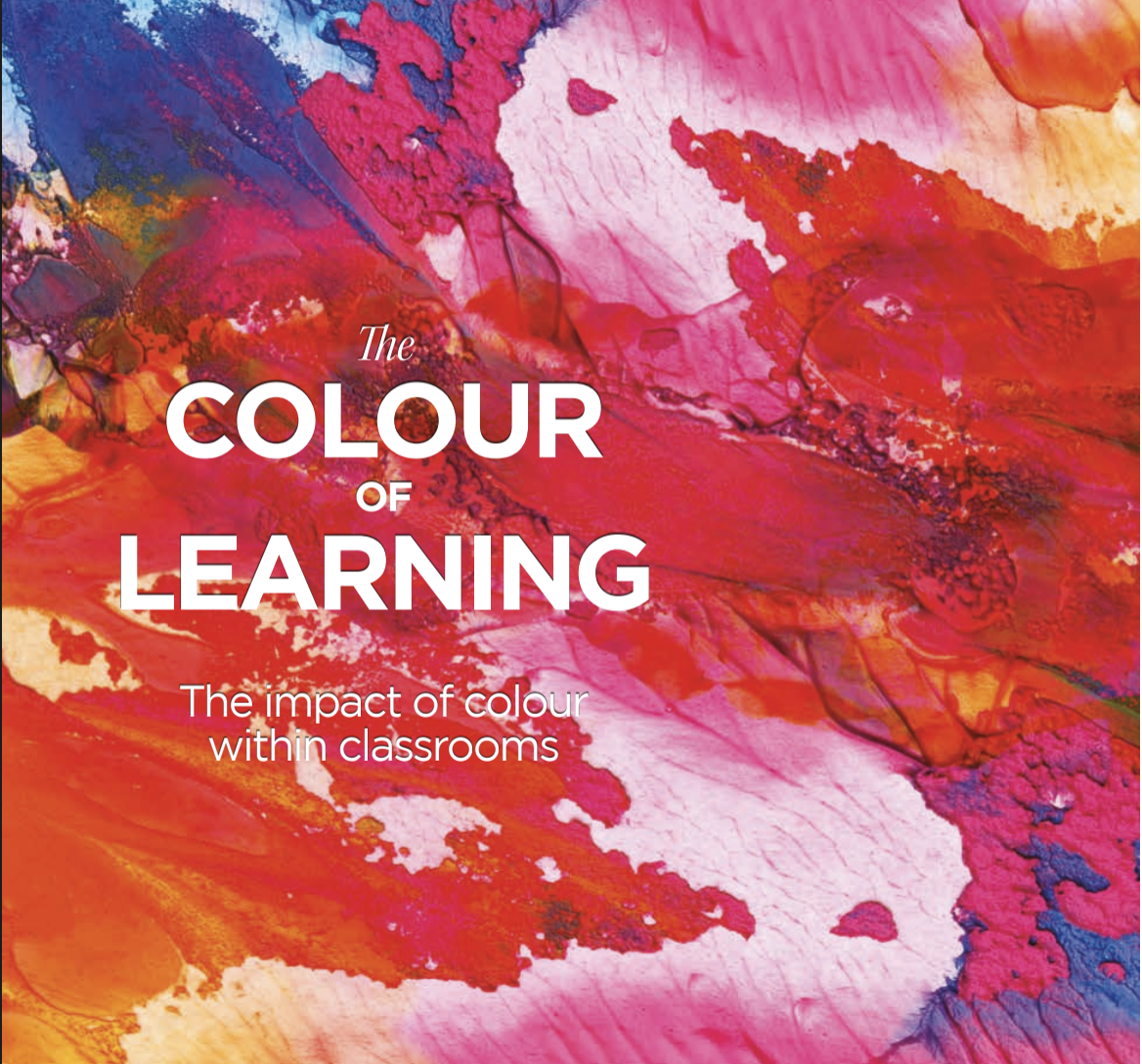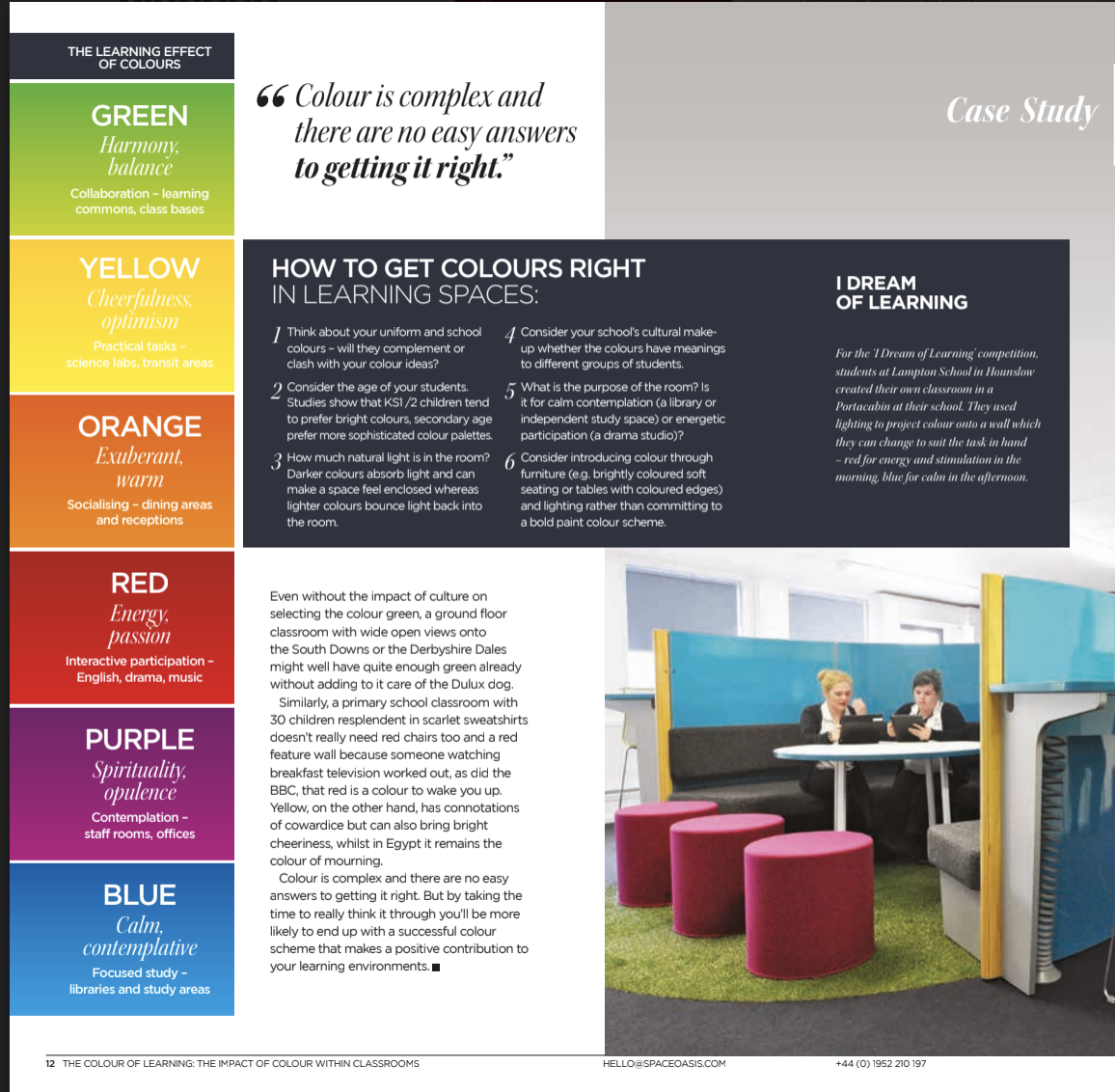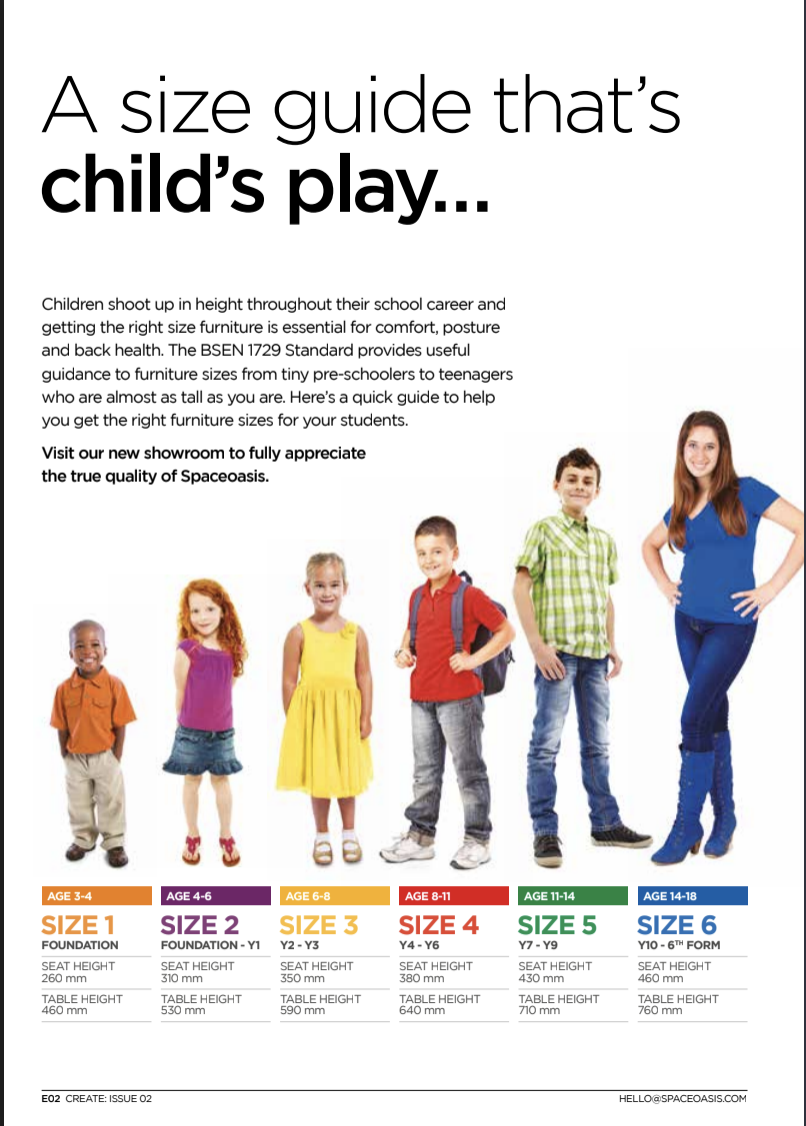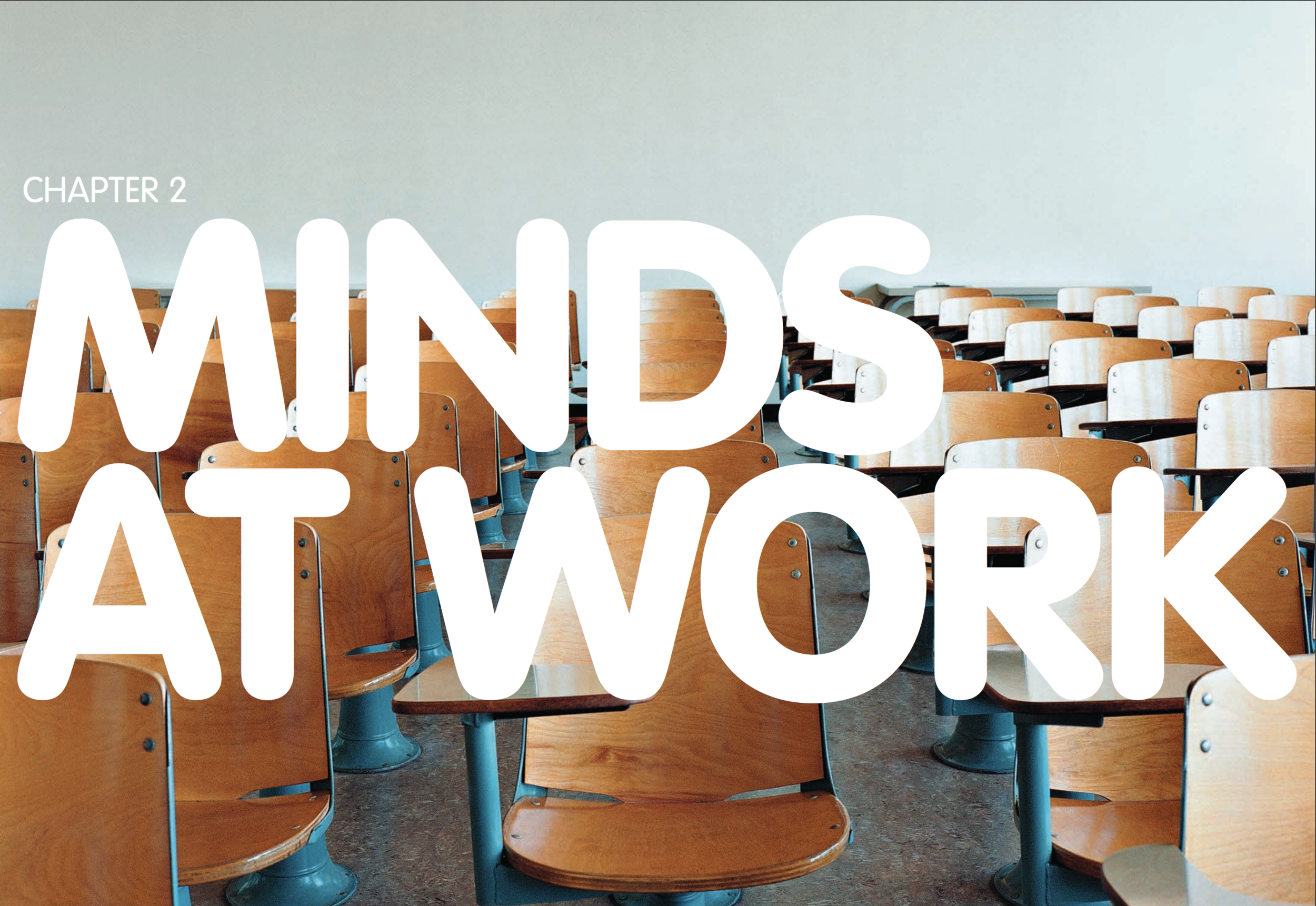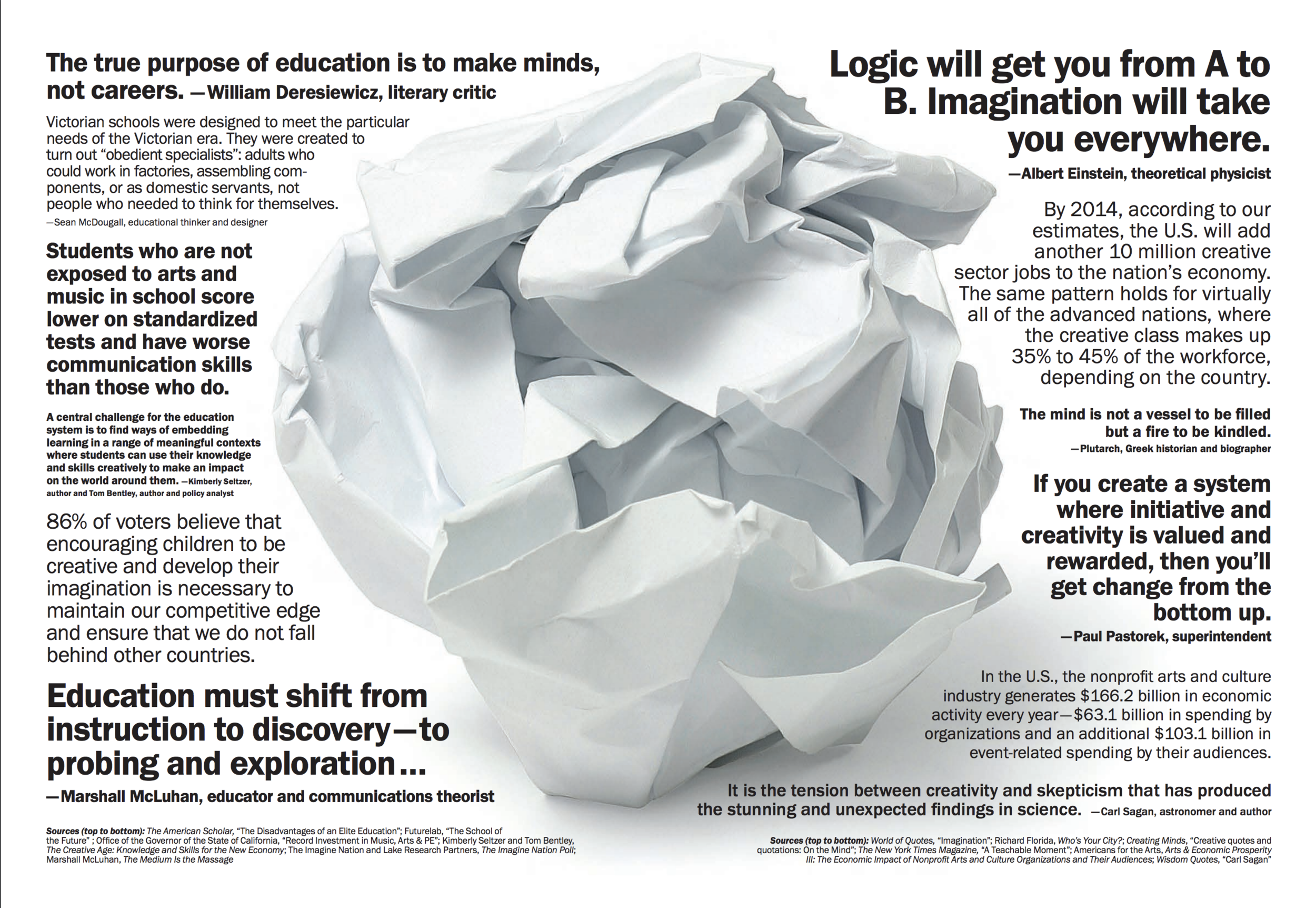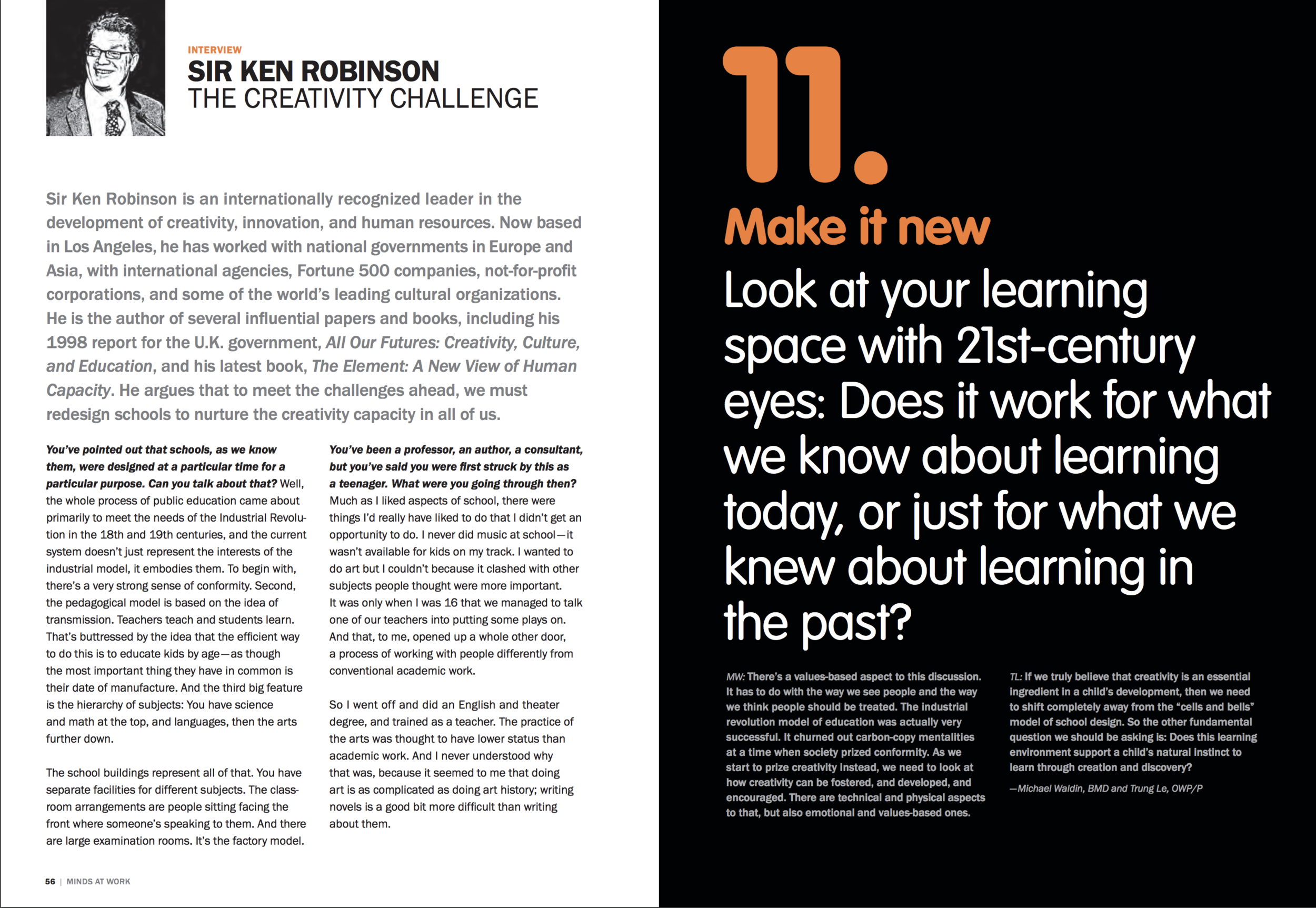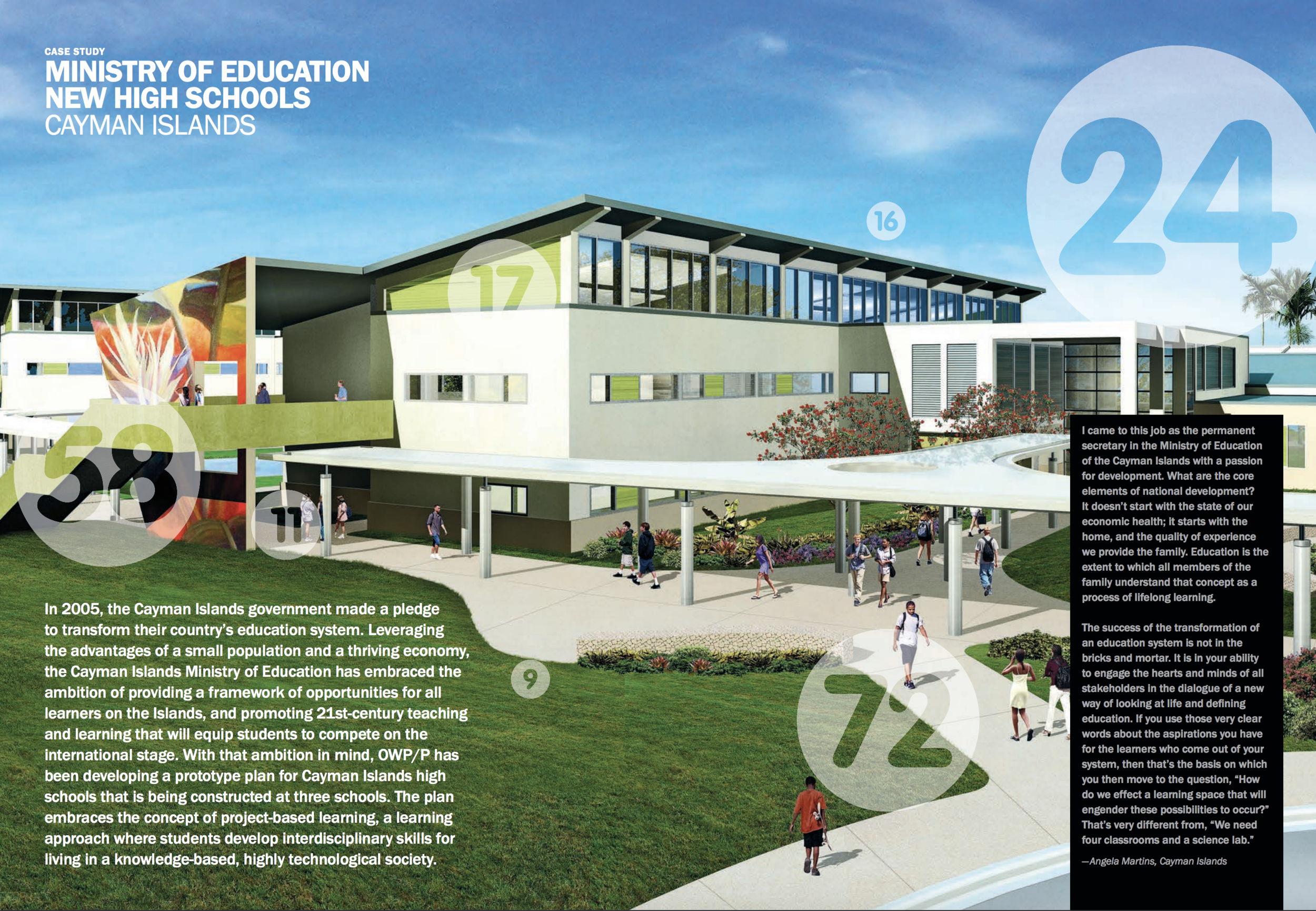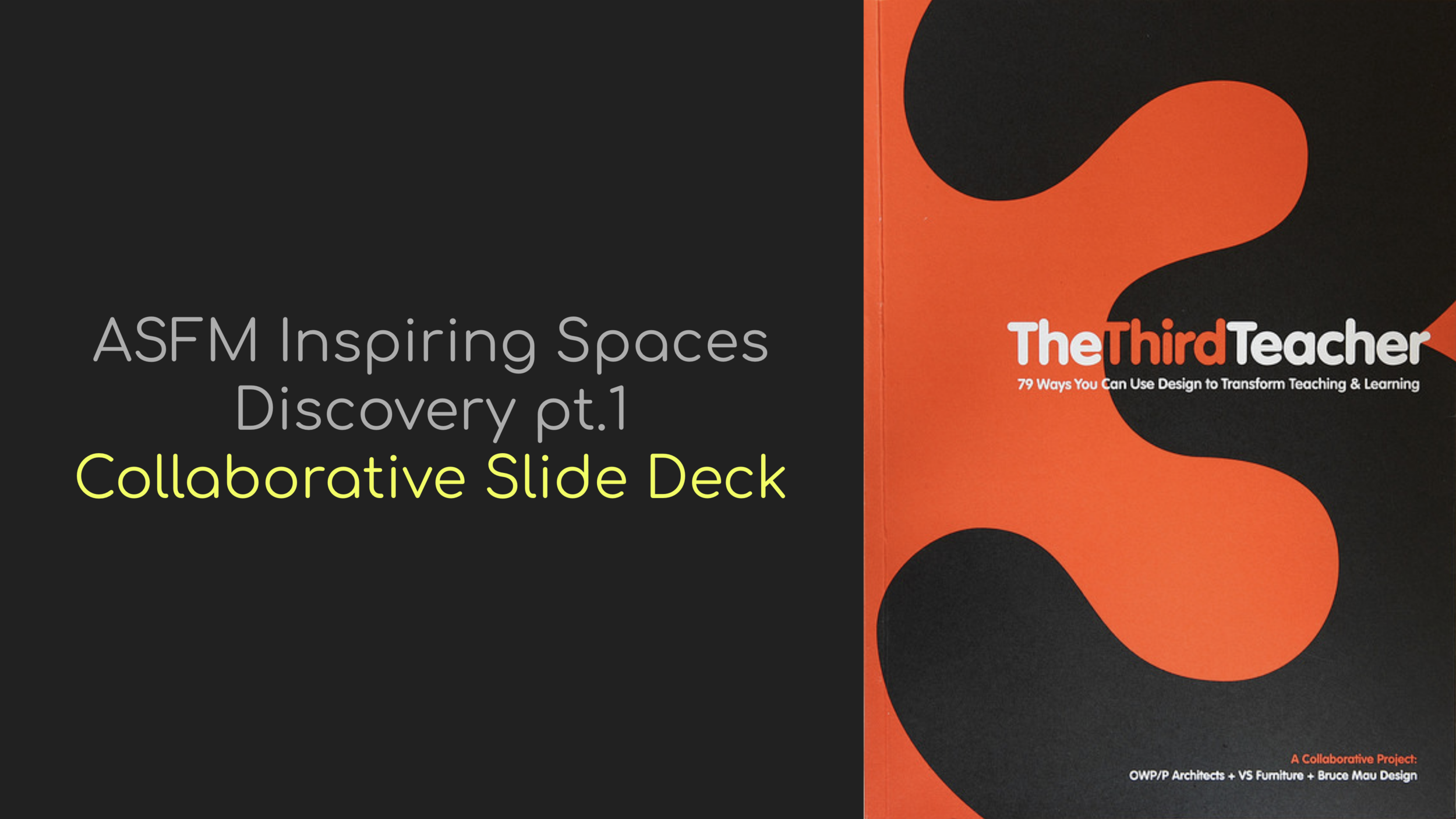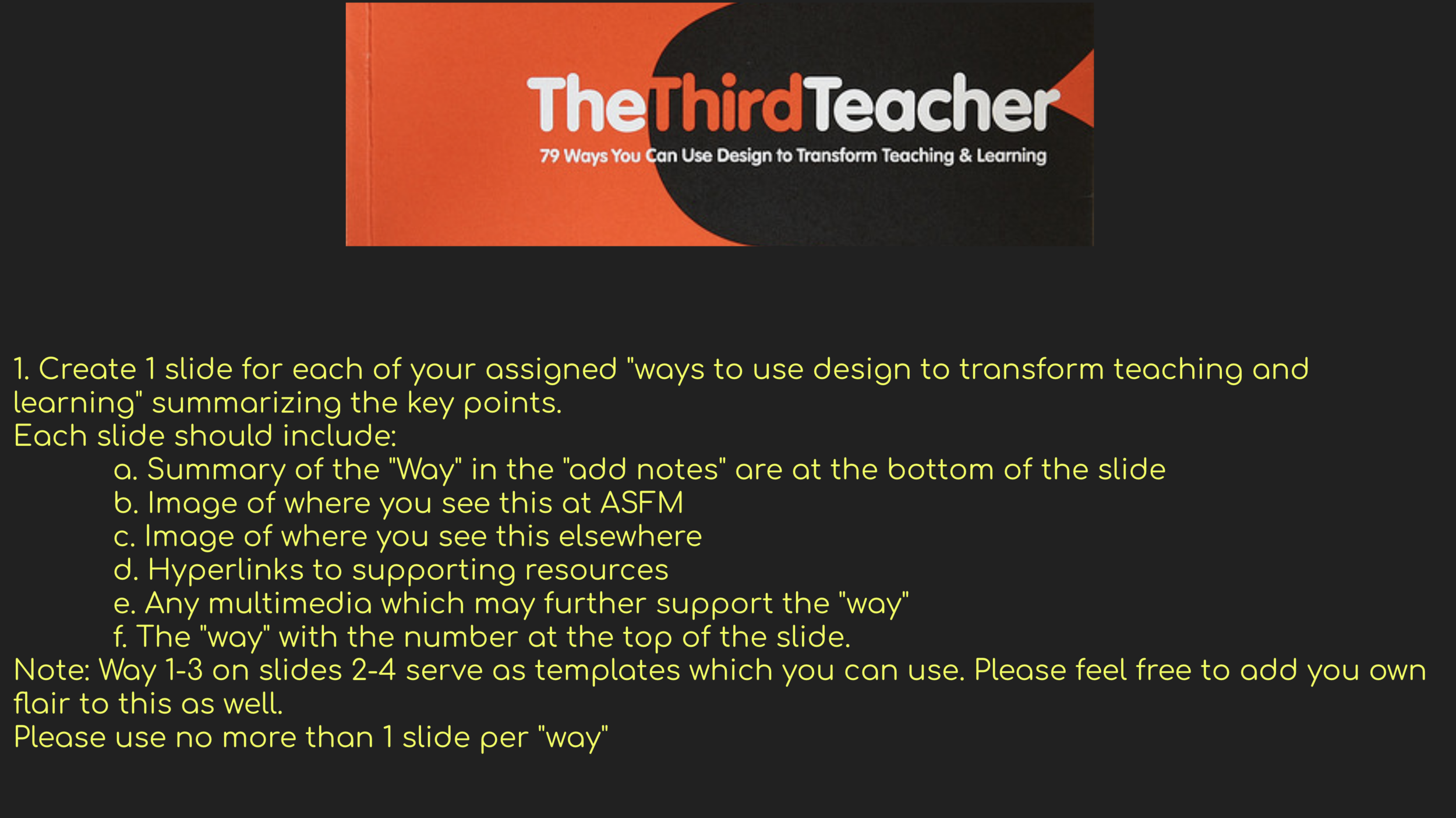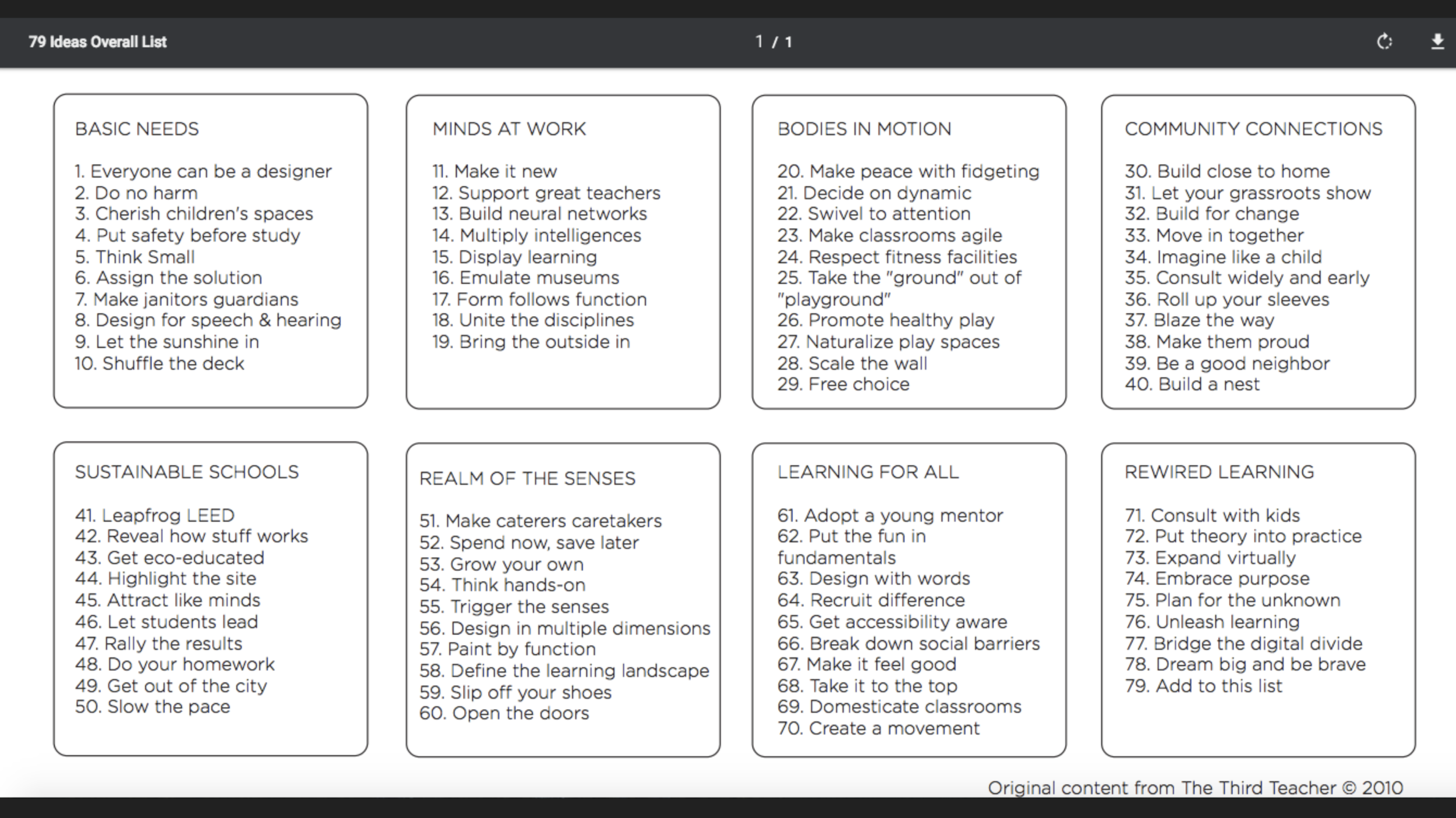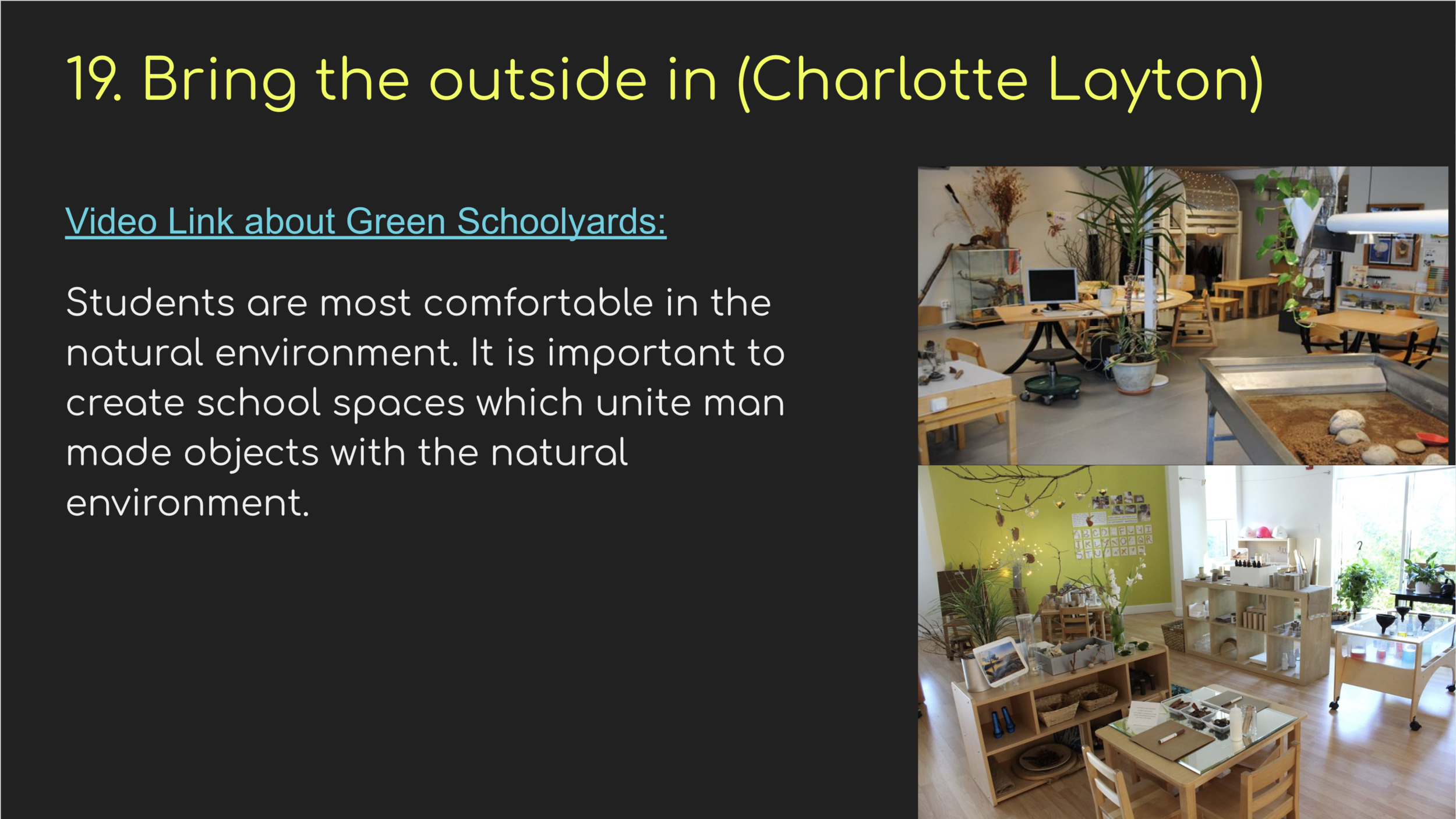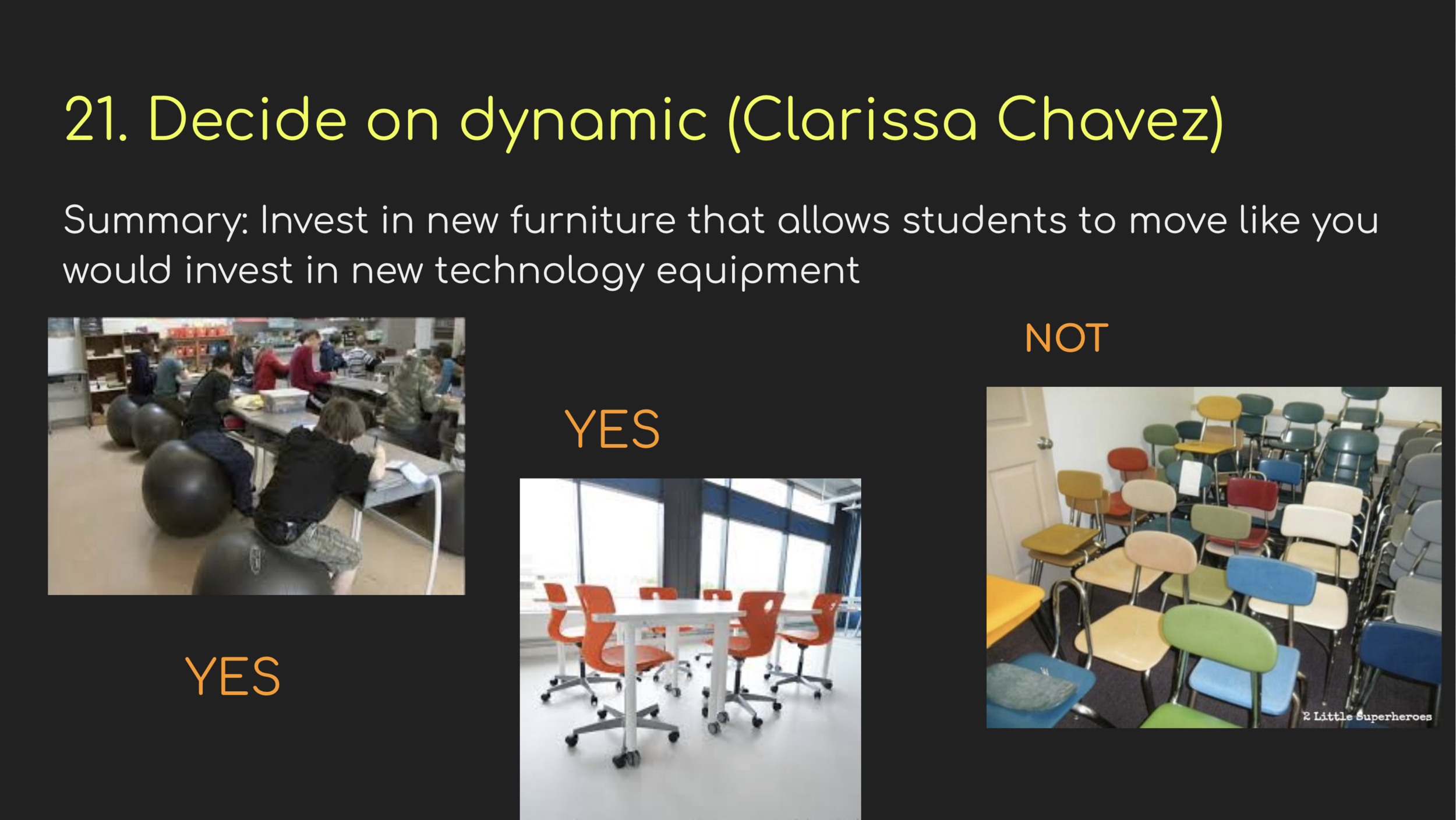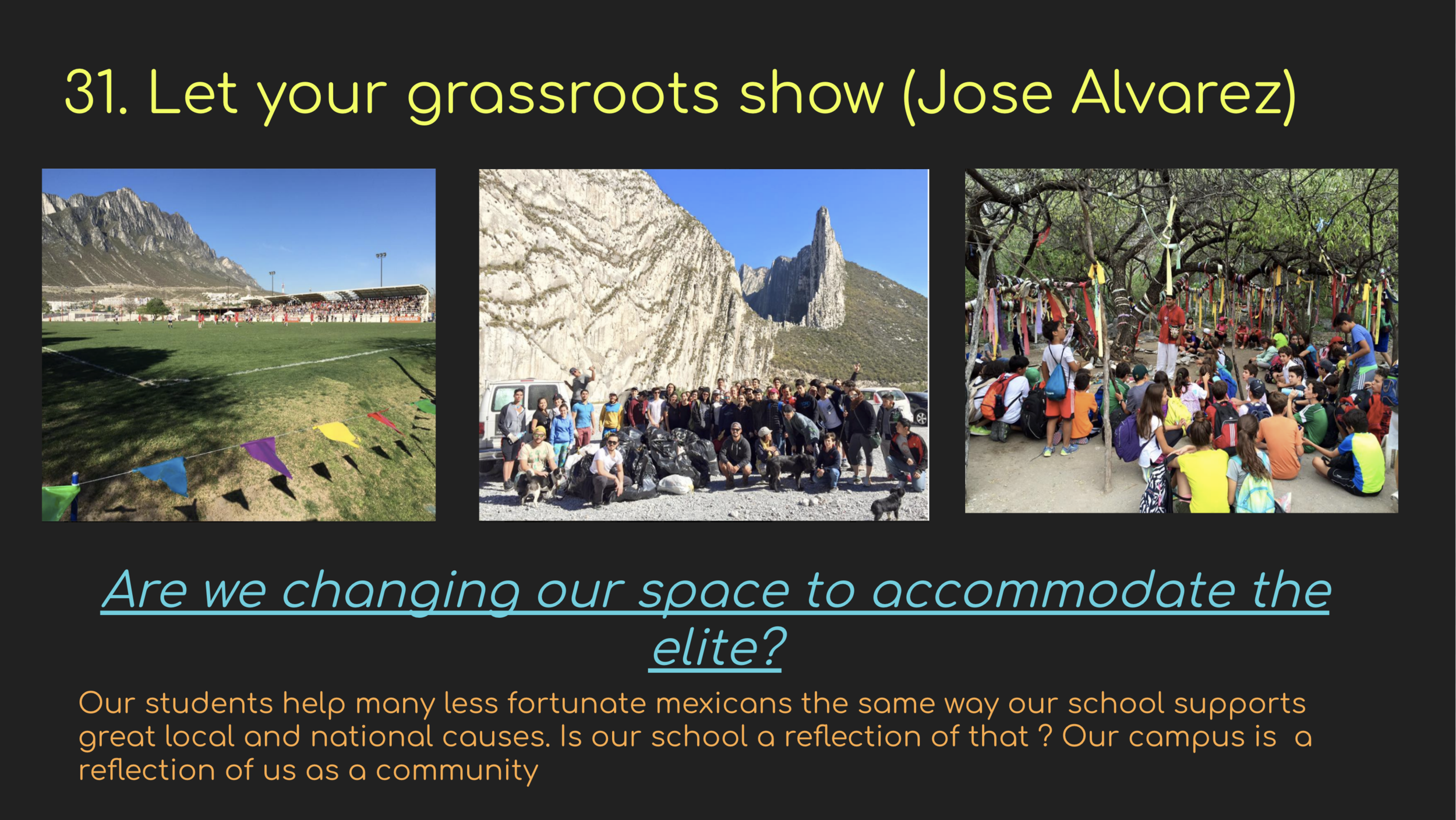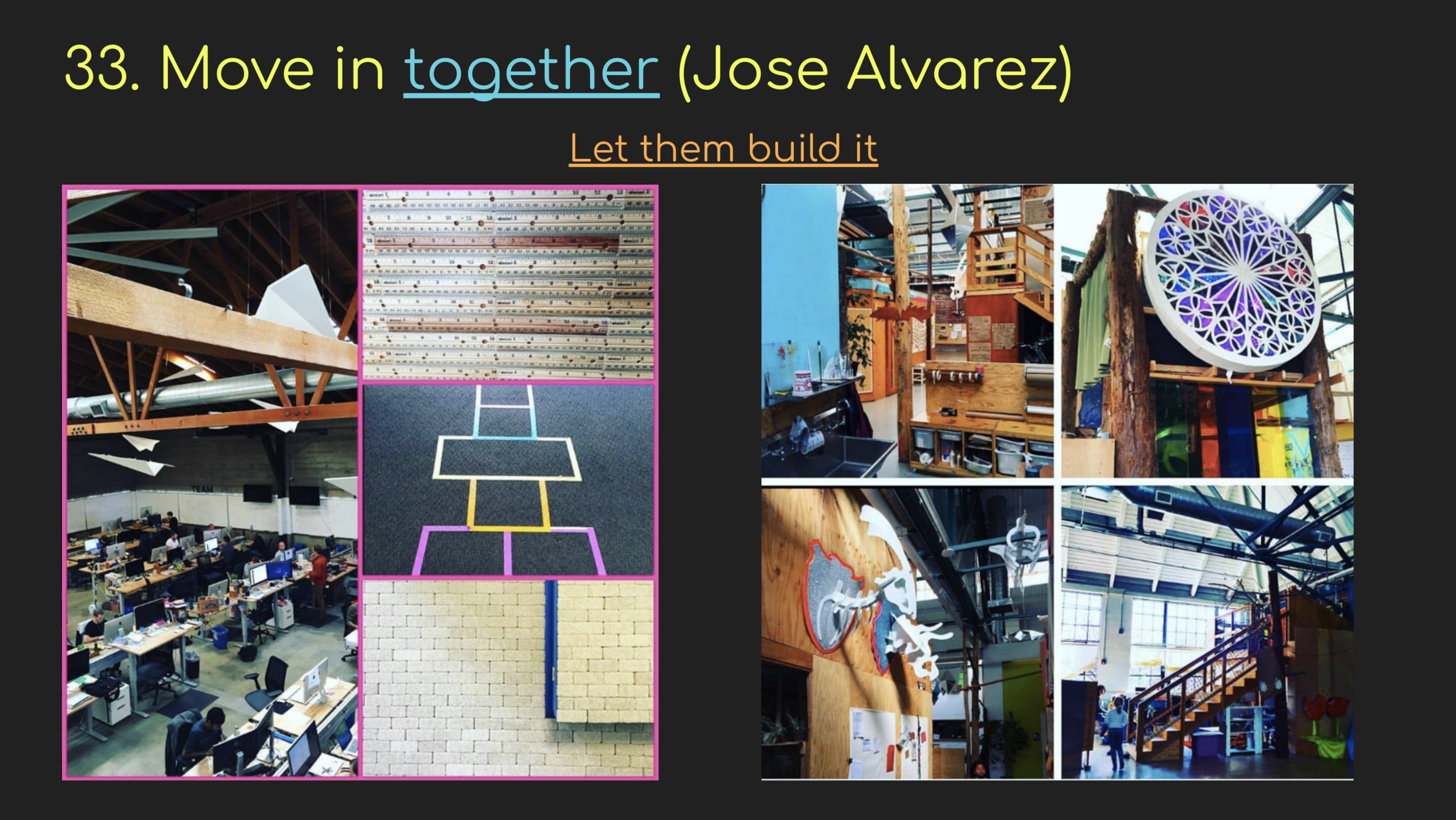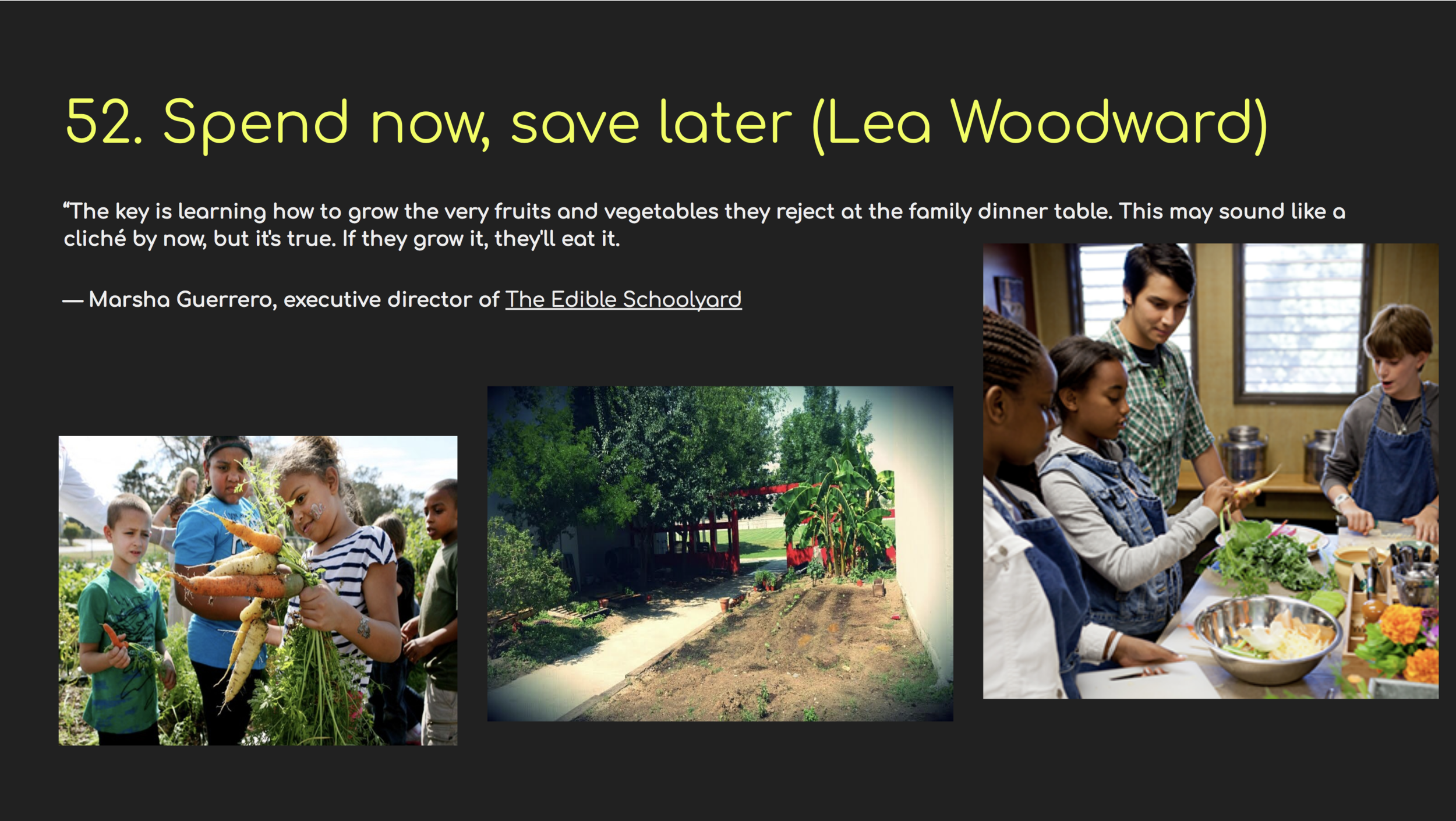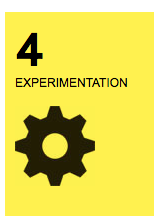In 2014 we at ASFM gathered as a community to develop our next Strategic Innovation plan which would guide the general direction of our school until 2020. As we approach 2020 after many years of hard work, numerous prototypes, and meeting upon meeting, it is nice to be able to look back and see where we were, where we are, and be excited for where we are headed. The video below showcases the culmination of the work we as an Innovation department have been working closely with since 2014. Produced by our stellar Communications department, I hope it provides insight into some of the projects that have come to life.
ASFM Edge of Excellence Inspiring Spaces 2016-2019
In 2014 we at ASFM gathered as a community to develop our next Strategic Innovation plan which would guide the general direction of our school until 2020. One such project was the Edge of Excellence Annual Giving program headed by our Superintendent Michael Adams. While programs such as these are common in many Universities and International Schools, it was a very new concept at ASFM. What has been remarkable has been the creation of spaces which would not have been able to be brought to life with out this campaign and the generosity of our community.
Produced by our stellar Communications department, I hope it provides insight into some of the projects that have come to life.
The ASFM Innovation department has been involved with not only the leveraging the Design Thinking process to bring a human/student centered approach to the development of learning spaces but also to the whole process of engaging with the community to bring these concepts to life. Throughout the year we engage with our community through various empathy building experiences. We draw upon these experiences as we come up with ideas for the annual Edge of Excellence campaigns and connect them with the pillars from our Strategic Innovation Plan. Our ASFM L2E2 Design Process refers to this as the “Languages and Landscapes” of the community and serves as a primary filter. Once we arrive at a compiled list, we then wash it through various community groups including, parents, students, alumni, board, etc. to see what potential projects resonate the most with our community.
Designed by David Jakes Designs
From there, we select a set of 2-4 projects to build prototypes for to pitch to potential donors. Each project requires developing a design team of expert teachers, administrators, maintenance and facility leaders, and Innovation Coaches as Designers to develop a series of deliverables which translates the mission and vision of the school and for the project into a spacial concept.
This becomes the primary document/manifesto we reference as we work with architects as we translate a provocation into a set of drivers and constraints, to spacial concepts to prototypes, layouts, sketches and renders and eventually blueprints and construction documents. By the time we inaugurate a space we know it as well as our favorite book or spot on the couch and we work for about a year afterwards to optimize use, effectiveness, and to align desired behavior with a spacial concept. These need to be living spaces which are agile and responsive to student needs for learning.
The progression to this point where we have a clearly defined Design process with clear deadlines, deliverables and tasks to be completes has been a hugely collaborative and iterative process. Each year we learn from the last and optimize for impact with the student learning experience at the heart it. This is a very brief summary of said process but I hope it provides a glimpse into the great projects brought to life when leveraging the Design Thinking Process.
Special thanks to Dr. Michael Adams, Helen Trevino, Marcela de le Garze Evia, and the whole Edge of Excellence Campaign team who made this possible and continue to “Dream Bigger” for our students.
Discovery as Insight: 7 ESSENTIAL RESOURCES for ReDesigning Learning Spaces
In September of 2015 we at the ASFM Tech Integration department embarked upon the journey of redesigning experiences such as STEM, Blended Learning, and Learning Spaces. We took a group of educators on the on a week long tour of the possible through various schools and innovative organizations in California. I had previously been on trips of a similar nature when we were rolling out the 1:1 program at Seoul Foreign School and found it to be highly valuable as a new Tech Integration Coach. You don’t know what you don’t know and that trip broadened my horizon of what was possible so I thought we could do the same in Mexico.
Now while the insights compiled on that trip still serves as a valuable resource and was also a great team building event, what often happens is schools go on trips to other schools, or search the web for insights and end up adopting someone else's solution. The trouble is that is their solution which works for their community and when we are talking about space as a Third Teacher, you want to make sure that teacher knows your students. Therefore, I would encourage you to approach insight into concepts rather than tangible solutions.
Below are a brief collection of resources which we have found very helpful and I hope will provide guidance as you start thinking differently about learning spaces. Think of redesigning spaces as a continual journey into the possibility of a vision for learning and the space as a resource and tool for that. An articulate new vision for learning and process for bringing that to reality are essential to inform the space which act as a "Third Teacher". Until those aspects are clear, hold off on redesigning your space.
Courtesy of http://thethirdteacherplus.com/resources/
1. Third Teacher: 70 Ways You Can Use Design to Transform Teaching and Learning Book and Website: For us, this has been the most used and relevant resources for kick off the conversation about thinking differently about spaces with educators. Even though I have read it dozens of times, I still find a new insight whenever I pick it up. In a previous post, “Discovery as Insight”, I expanded on the potential use of this resource.
2. Make Space Book: This is the story, guide, and archive of the development of the d:School at Stanford, the Mecca for design. When redesigning spaces this resource really offers some tangible and achievable ideas for “setting the stage for creative collaborations.” Not a page is turned without a spark being lit.
Courtesy of Steelcase
3. Steelcase 360 Magazine: For us, and many schools and organizations, Steelcase is the industry standard when it comes to furniture solutions. Their 360 publication has released three publications, The Education Edition, The Creative Shift, and Making Space Disappear, which have pushed us to think differently and offered valuable resources. Click the link to download copy or view online. While Steelcase products are generally only appropriate for middle and high school at best, the concepts discussed in these publications are universal.
4. Create Magazine by Spaces Oasis: Space Oasis is furniture company based out of England and while we have not been fortunate enough to prototype their products, due to the cost of shipping from England, we have found their publication intriguing. Specifically their size and color guides which have given us a great jump off point for developing color palettes for spaces and design custom furniture with local designers and artists.
5. 7 Spaces for Learning: Ewan McIntosh’s video expands on Matt Locke’ 6 Spaces of Social media from 2007 and translates and applies them to education in a physical context. We have found this resources useful in the context of differentiation of learning spaces and while discussing the status of learning spaces in relation to this pre and post installation. I have summarized the main points below for a quick reference.
Summary of the 7 Spaces of Tech and Our Physical Schools Environments courtesy of Ewan McIntosh
6. Redesign of Spaces Deliverables/Manifestos: Sometimes it is hard to understand how the Design process translates a vision for learning into a spatial concept. For us at ASFM, we had a good understanding of the Design Process and an evolving depth of knowledge of what was possible, but it wasn’t until David Jakes shared some of this sample deliverables that we really started to understand the possible. Over the past 2 years we have redesigned a number of spaces and published the Deliverables and Manifestos of the spaces below. These are just a snapshot of the process but should give you an idea of the process.
7. Inspiring Spaces YouTube Playlist: These are a series of videos which can give you an idea of the process and purpose behind redesigning learning spaces. There is a variety of case studies, process walkthroughs, and tutorials or speeches to provoke thought into thinking differently about learning spaces.
These are a brief collection of resources which we have found very helpful and I hope will provide guidance as you start thinking differently about learning spaces. There are many more out there which are highly valuable and many which we have not come across yet that I hope you will share. Think of redesigning spaces as a continual journey into the possibility of a vision for learning and the space as a resource and tool for that. An articulate new vision for learning and process for bringing that to reality are essential to inform the space which act as a "Third Teacher". Until those aspects are clear, hold off on redesigning your space. For more, check out my post, "Process Matters".
In an upcoming post I am going to share how we have taken all these insights, along with empathy building and observations, to develop our universal design principals which now inform all spaces redesigned at ASFM. We are on the journey towards redesigning a representative sample of learning spaces in grades Nursery through 12 and in all content areas. We will continue to share the story here an on www.ASFMLearns.com.
ASFM L2E2 Design Process Designed by David Jakes
Process Matters
If you're starting to think about redesigning spaces, don’t take another step until you have a process. The product cannot proceed the process. Luckily, our journey at ASFM into the redesign of learning spaces coincided with my attending an event with David Jakes. Afterward we spent most of the 2015/16 school year researching and developing teams proficiency in Design before we installed our first space. This included reading of numerous books, pull out days for PD, bringing David to Mexico, and running various groups of students and teachers through numerous design charrettes. We intentionally went slow, listened to understand, and challenged ourselves to be vulnerable to fail loud and fast.
David’s work with St.Thomas Aquinas High School.
At the end of it all, we had collaboratively, with David Jakes, developed the ASFM L2E2 Design Process, a process not just for the redesign of spaces but for thinking differently about the learning experience. Process matters and Design is the creative and problem-solving process of the world, period. Better yet, we have modified it to meet the needs, respect the traditions, and respond to the language of our community. We now are in our second year of redesigning spaces and we can confidently say our process guides us to redesign the learning experiences based on our needs, goals, and collaborative vision for learning.
Discovery as Insight: The Third Teacher Book
In his book Change by Design, Tim Brown frames Discovery as Insight, Observation, and Empathy which has really resonated with our team. For now I am going to expand on "Insight" and reconnect with Observation and Emapthy in a later post. Insight goes beyond traditional research especially with the internet. Today insights are everywhere in digital and analog form and are free. For example, the thoughtless act of a student hacking a space to create a visual learning board offers a priceless insight into how they want to learn and can transition into an installation in a redesigned space.
Another great resource for Insight is the book The Third Teacher: “79 Ways You Can Use Design to Transform Teaching and Learning” which was developed by international team of architects and designers concerned about the failing state of education. Loaded with amazing interviews, case studies, facts, and research to support the transformation of all learning spaces. Featured contributors include, James Dyson, David Suzuki, Sir Ken Robinson, Raffi and Loris Malaguzzi who anchors the publication in the belief that “There are three teachers of children: adults, other children, and their physical environment.” The environment is the “Third Teacher”
At ASFM we have used this resources to gain a pulse into the current status of our spaces as well as invite our team of teachers to a conversation about thinking about spaces differently . A useful activity has been the creation of a collaborative Google Slide Deck which summarizes the 79 ways design can transform teaching and learning, highlights what this looks like on our campus, explores where else this in action, and connects us to an additional resource for further info on he topic. What a great way to start thinking differently about space by being collabortivly creative and active.
If you are unable to get your hands on the book, The Third Teacher Flashcards are a great jump off point when working with your community to redesign your space. We like to print them out, divide them into their 8 chapters, then have participants select the 5-10-15-etc which resonate with them the most. From there we can launch into ideation and creation of prototypes which bring these concepts to life at our school.
When starting the process of redesigning learning spaces a few things are critical. Firstly, a local community to share, learn, and bounce ideas off of. Secondly, if you are able to connect with an outside expert to assist as a mentor, guide, or consultant this is just as valuable a resources as the money you are going to spend on installations. For us David Jakes has been a invaluable asset, guide, and friend who has now become less of a consultant and more of a colleague/friend/mentor. Lastly, resources such at the Third Teacher Book are great to have on hand to spark new ideas, refocus direction, and to invite others to the conversation. I am going to be sharing more of these over the coming posts , I hope you find them as useful as we here at ASFM have.
Inspiring Spaces: The Possibilities
Sometimes it's hard to know where to start or what is possible while sitting in our 30 year old classrooms of desks in rows, fluorescent lighting, and beige paint. To be fair, anyone would struggle for imagination in that environment. Therefore we find it useful to preview the process with teachers before going full on into the Design process which takes a lot of time, is an intensive process, and is often unfamiliar to teachers.
The Edutopia video series below showcases a relatable middle school classroom which is transformed over the weekend with the help of a team of designers and community volunteers, all for $1000. It’s important to understand that a classroom redesign is not going to other schools or on Pinterest to see what other spaces look like and what solution you can import into yours. We are redesigning an experience and the space is a resource/tool to enhance that. Therefore the important thing we need understand is the current reality and future preferred state.
Critical to the redesign of a space is the understanding and execution of the Design process. While watching this video, do so through the lens of a designer and watch for the various stages of the process.
Courtesy of the d:School at Stanford
Discovery: Gaining insight into the user experience, divergent in nature. Central to this is gaining empathy for all members of the learning community of that space, students and teachers. We are redesigning a space to reflect the learning aspirations for learnings in 2018. The 19th century classrooms were build for direct teaching and classroom management and paid little or no attention to the student experience or how these environments made them feel.
Interpretation: Grouping the data from Discovery into Drivers and Constraints, convergent in nature. In this sample the drivers of collaboration, movement and ambience are translated into spatial concepts as drivers to support learning and you can see the impact immediately.
Ideation: Bringing the drivers to life and creatively solving for the constraints, divergent. In this example I like how the Christian and Melanie anchored the Solution Session to collaboration, comfort and movement as well as aspects such as storage, entry and furniture, each with a unique provocations. As result their ideas are directly focused on solving for the experience.
Prototyping: This is a tough aspect for schools to be able to really dive into. The goal is to bring to life various installations for the drivers and constraints but most schools do not have the resources to bring in various pieces of furniture nor have a construction crew to continually modify the space. Hence the importance of experience and low fidelity installations. The space needs be a living space, a space in progress, responsive to the needs of the learning experience.
Evolution: You can see immediately the impact the space has on the faces of the students. Capturing those initial reactions is important. If they reflect the your drivers, you are on the right track. The initial buzz will wear off and a more indepth evaluation is essential but the reveal reaction is what you strive to replicate.
Hopefully this gives you insight into the what is possible and the process necessary to redesign a learning space. The more you commit to the process, the more of a positive impact the space will have on the learning experience. Redesigning spaces is not going through the Ikea catalog with the teacher. It’s spending the time in the desk with the students, facilitating group empathy activities, listening to understand, and including the community in the process to create the optimal climate for your community’s learning aspirations. Think climate control, not command and control.
Inspiring Spaces: Names Matter
Ready to start thinking differently about your classroom? Try taking the first step by not calling it a classroom. Names matter and “classroom” may be an easy win to overcome. Think studio, incubator, collective, den, workshop, study, etc. Or be bolder and give the space a different name all together like Marabilla. The name of the space is often the first entry point into the learning experience and nothing is more beige than “Classroom B205”.
This isn’t unique to Google office spaces. This shift in rethinking the naming of spaces is occurring throughout the corporate world and can be an indicator of the culture of a company.
With that in mind, what do our learning space names say about the culture of our schools? Are they likely to resemble a filing system or reflect the culture and aspirations of the community? Most schools aspire to immerse ask their students in creative learning experiences which attempt to solve real-world problems. That is a challenging and intimidating feat but imagine showing up to the “Herschel Lab” to explore the possibilities. That name change alone pivots the threshold experience away from monotony towards wonder and curiosity.





